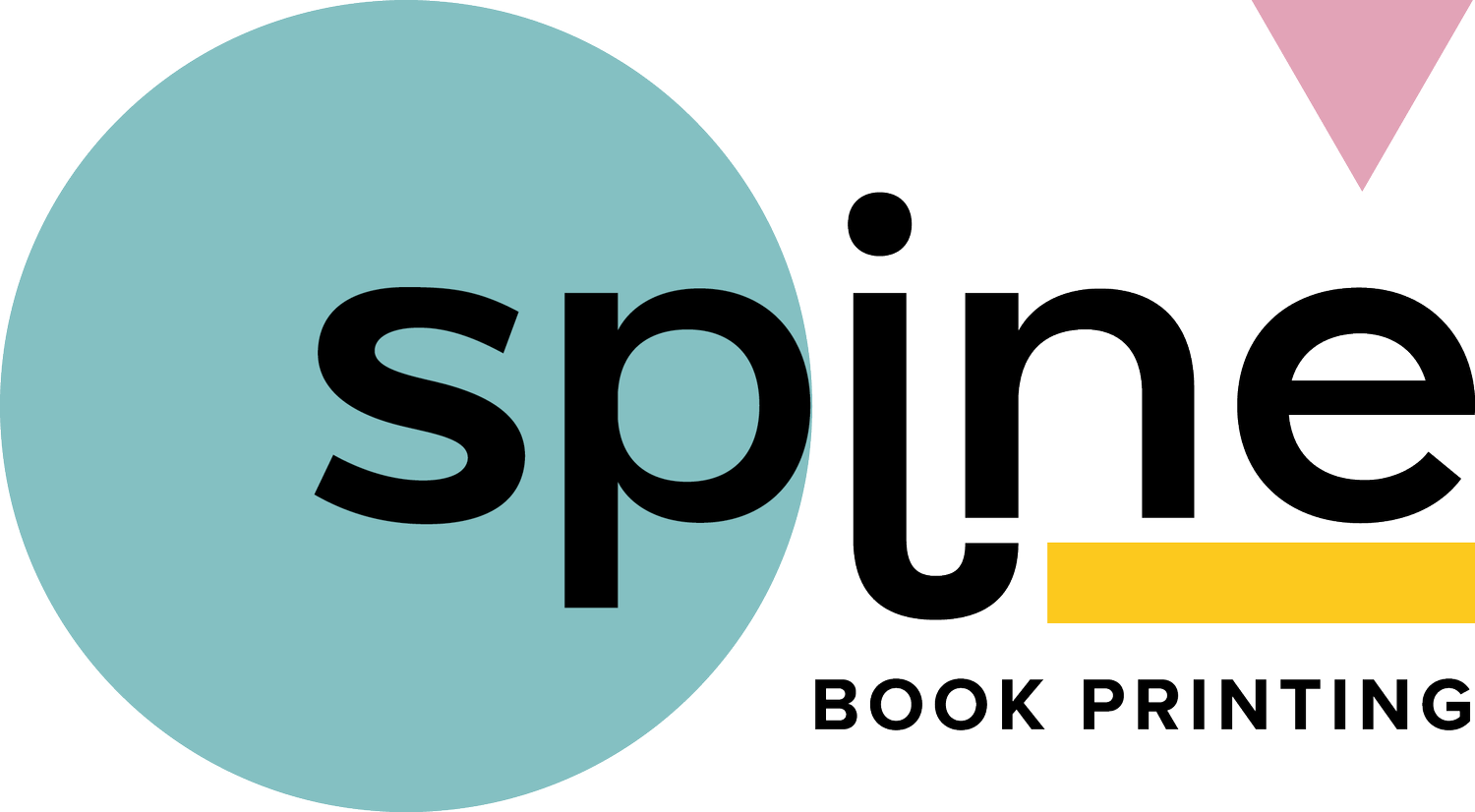What Self-Editing Methods Improve Manuscript Quality
Every great story starts with a solid draft, but a finished book needs more than just writing – it needs editing. Self-editing helps turn a first draft into something that’s clearer, cleaner and stronger. It gives you the chance to shape your work before handing it off for professional eyes or preparing it for print. Writers who spend time on self-editing tend to catch important details they’d miss during the writing phase. This process can make the difference between a story that’s readable and one that’s unforgettable.
When you edit your own work with care, you’re not just fixing errors. You’re learning more about your writing style, sharpening your voice and improving your future projects. Even well-known authors go through several rounds of personal edits before anything reaches an editor. It’s part of the creative cycle. No matter your experience level, the effort you put into self-editing leaves a lasting mark on the final manuscript.
Self-Editing Strategies to Elevate Your Manuscript
There’s no single correct way to edit a manuscript, but some tried-and-tested methods often lead to better results. These tips offer structure to your process and give each editing session purpose.
1. Take a Break
After finishing your draft, don't jump into editing immediately. Taking a short break helps you return with fresh eyes. When you’ve been too close to your writing for too long, it's easier to miss errors or weak spots. Even a few days away from the text can reset your mindset and give you a clearer perspective.
2. Read Aloud
Reading your manuscript out loud reveals more than you might expect. Awkward phrasing, repeated words and overly long sentences become obvious when heard. If a part doesn’t sound right, it likely needs adjusting on the page too. This method also helps improve flow and sentence rhythm.
3. Use Editing Software
Software tools are helpful assistants, especially for grammar, spelling and overused words. Programs like Grammarly, ProWritingAid or Hemingway Editor can point out common errors and suggest smoother alternatives. They aren't perfect and shouldn’t replace human judgment, but they’re a useful extra layer of support.
4. Focus on Structure
Take a step back and examine how your manuscript is built. Are chapters arranged in a logical order? Does the pacing keep readers engaged? Does the story build toward a satisfying resolution? You may need to remove or rearrange scenes that slow the momentum or confuse the timeline. Structural editing is where your story’s shape is truly refined.
5. Check for Consistency
Small details matter more than you might think. Readers notice when a character’s eye colour changes halfway through, or when the timeline doesn’t add up. Keep track of things like character traits, settings, spelling choices and timelines. Being consistent helps maintain credibility and makes for a smoother reading experience.
By carrying out these strategies, you're not only tidying up loose ends. You’re building a stronger story and preparing your manuscript for whatever comes next.
Breaking Down the Self-Editing Process
Instead of trying to fix everything in one go, it helps to break your editing into separate passes. Focusing on one element at a time leads to a cleaner, more thorough result.
1. First Pass
Begin with a relaxed read-through. Treat it like you would someone else’s book. Try to get a feel for the pacing, character development and clarity. Don’t worry about grammar yet. Make light notes on things that stand out—plot holes, confusing moments or anything that feels off.
2. Content Editing
This second stage digs deeper. It’s the best time to revise structure, character arcs and world-building details. Ask yourself: does the story arc feel complete? Are your characters consistent and believable? Are there scenes that feel dull or unnecessary? Big-picture changes happen here.
3. Line Editing
Once the story’s structure feels solid, move on to the wording itself. Focus on sentence-level writing—removing redundancies, tightening the language and improving tone. Look for filler phrases, repetitive wording or clunky expressions that take away from the rhythm and clarity of your prose.
4. Proofreading
When you’re happy with your word choice and flow, it’s time for a final polish. Here’s where you focus on surface-level details, such as typos, spelling errors and punctuation. If your eyes are tired of the same pages, try proofreading backwards, sentence by sentence. This helps you spot slip-ups more easily. And if you adjust a sentence at this point, make sure it doesn't throw off earlier phrasing.
Each round serves a purpose and helps your manuscript move one step closer to being ready for print. Editing in layers like this gives you better control over what you’re fixing and why, without it all feeling overwhelming.
Why Self-Editing is Key to Your Success
Taking the time to self-edit makes a big difference. Readers can tell when a story has been cared for. A well-edited manuscript keeps their attention by flowing smoothly and keeping confusion to a minimum. Good editing means fewer distractions and more focus on the plot and characters.
Reader reviews often mention flow, pacing and grammar. That feedback matters. A clean read builds trust with your audience, encouraging recommendations and repeat readers. It also boosts your confidence. When you know your story has been refined, you’ll feel more prepared to share and publish.
We’ve heard from authors who spot repeated phrases in different chapters without realising—they become habits that sneak in during drafting. Catching these not only improves the current manuscript but also helps future writing projects. Self-editing builds awareness and skill.
It’s easy to think writing ends when the first draft is complete, but the truth is that refinement is where strong stories really form. Stepping back into your work with patience allows it to grow into what you always hoped it would be.
Bringing Your Manuscript to Life with Spine Book Printing
Once you’ve done the work of editing and refining, it’s time to bring your manuscript into print. That’s where we come in. Spine Book Printing is here to help you turn your story into a physical book you can hold, share and sell.
Our printing options support projects of different shapes and sizes. Whether you’re working on a vivid, full-colour magazine or a minimal paperback novel, we have a format that matches your style. From A4 to A5 layouts, and a range of paper and cover finishes, your completed manuscript can look as professional as it reads.
We respect the editing and effort that goes into every page. That’s why we match your standards in how we treat your printed copies. Whether your goal is to publish widely or simply keep a personal memento of your work, we’re here to help make sure your book is printed with care and precision.
Every manuscript deserves that finishing touch. Keep writing, keep improving and know that when the moment comes, Spine Book Printing is ready to help give your words their final, lasting form.
Congratulations on refining your manuscript! Now it’s time to bring your story into print. Spine Book Printing is here to assist you in making your polished work a tangible reality. Take advantage of our self-published book printing options to ensure your book reaches its readers in the most impactful form. Let’s make your publishing dreams come true with professional care and precision.

